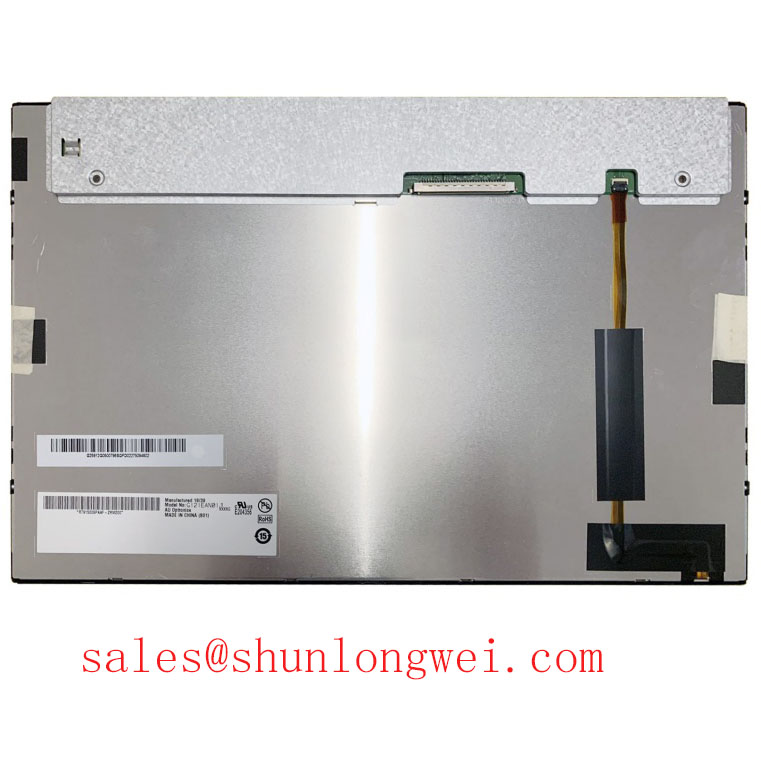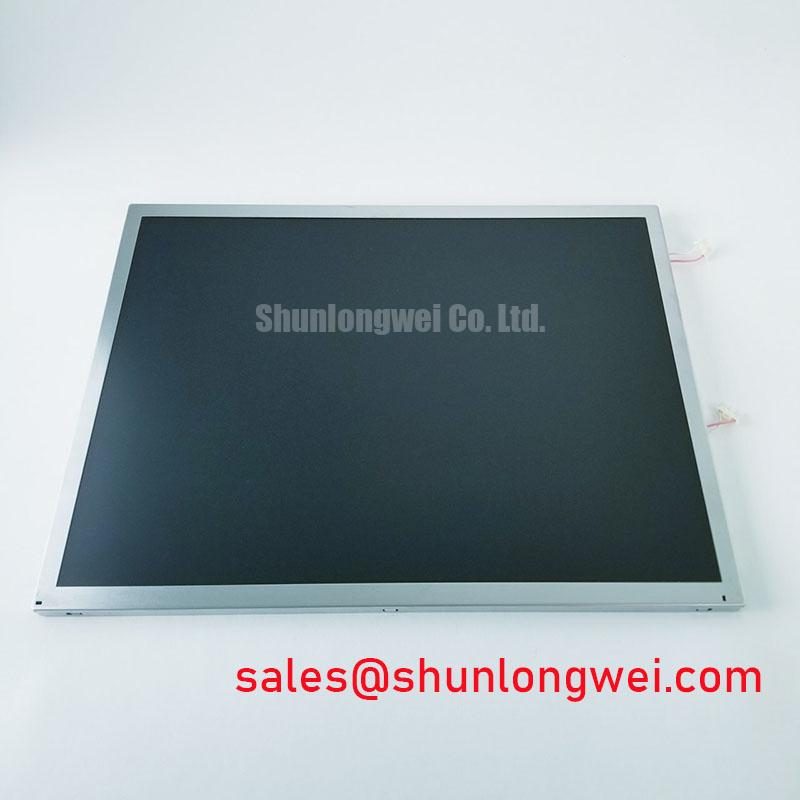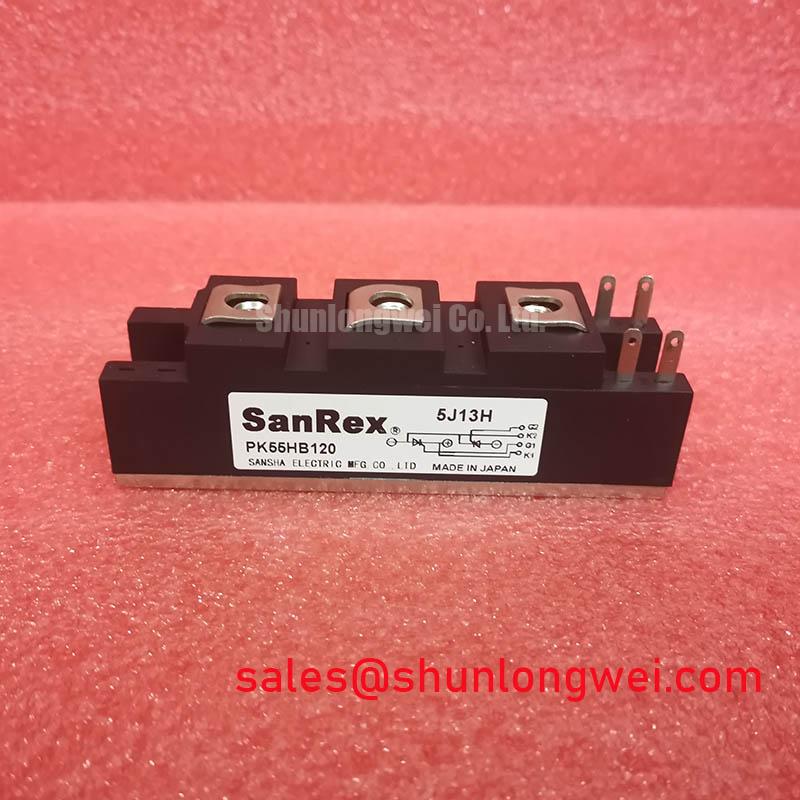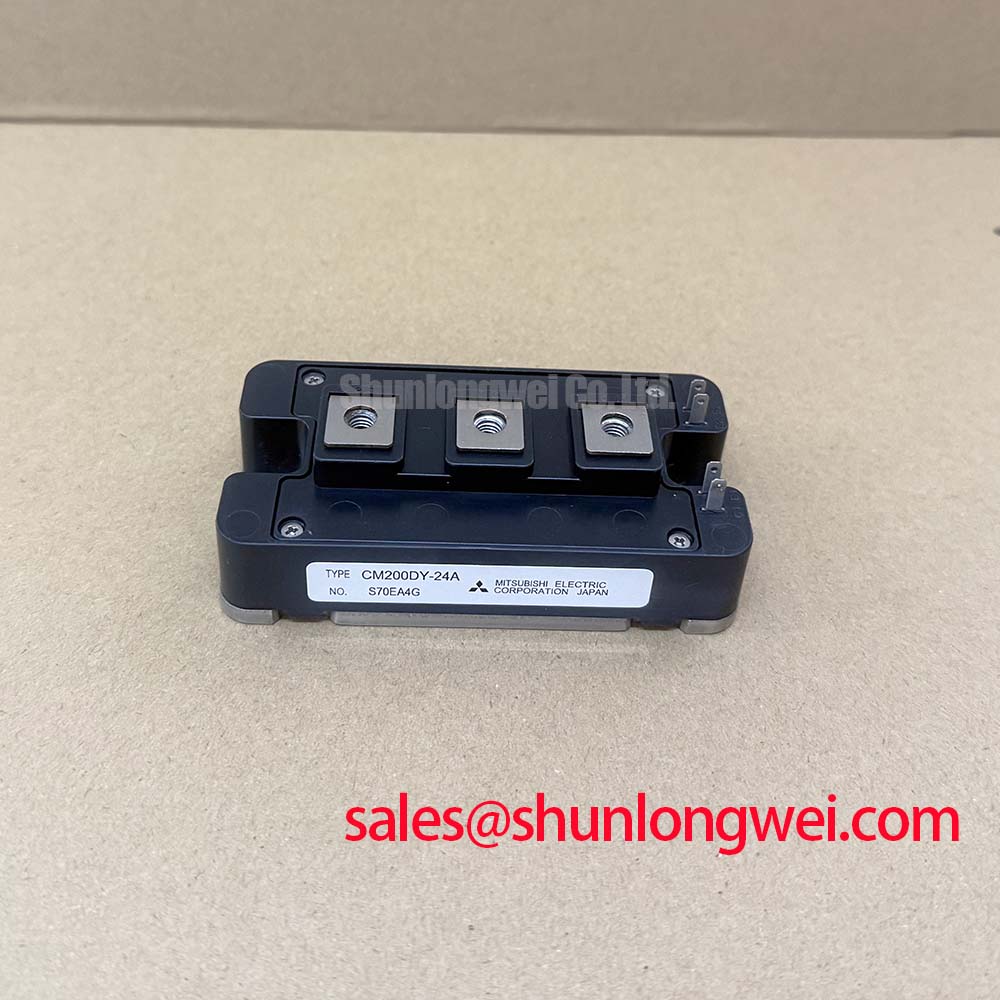G121EAN01.1: 12.1" WXGA AHVA Industrial LCD for Flawless HMI Viewing Angles
The Technology of Uncompromised Clarity: An Introduction to AHVA
In industrial environments, data must be interpreted correctly at a glance, often from suboptimal angles. Traditional TFT-LCD panels can exhibit significant color and contrast shifts when viewed off-axis, creating a risk of misinterpretation. The core engineering principle behind the AUO G121EAN01.1 addresses this challenge directly with Advanced Hyper-Viewing Angle (AHVA) technology. Functionally similar to In-Plane Switching (IPS), AHVA arranges liquid crystals on a horizontal plane. This ensures that light passes through them consistently, regardless of the observation point. The result is stable, accurate color and brightness across exceptionally wide viewing cones, forming the foundation of a reliable human-machine interface. The G121EAN01.1 leverages this technology to deliver superior optical performance in a robust industrial-grade package.
Operational Clarity: Applications Benefiting from 16:10 Wide-Angle Viewing
The unique combination of a 16:10 aspect ratio and consistent off-axis performance makes the AUO G121EAN01.1 particularly valuable in collaborative and dynamic environments. Viewing a traditional TN panel from the side is like trying to read a highway sign from a sharp angle—the information becomes distorted and unreliable. The G121EAN01.1, with its AHVA technology, ensures the "sign" remains perfectly legible from any approach. This is critical in:
- Factory Automation HMIs: On a complex production line, multiple operators and supervisors may need to view a control panel simultaneously. The wide viewing angles ensure everyone sees the same accurate process data, facilitating quicker decisions and reducing the potential for error.
- Medical Diagnostic Stations: In healthcare settings, physicians and technicians often review imaging and patient data together. The display's color fidelity and immunity to viewing angle distortion are essential for accurate diagnosis and collaborative review of critical information.
- Transportation Information Systems: Whether in a driver's cabin or a public transit hub, information must be clearly visible to people at various positions and in changing light conditions. The G121EAN01.1's anti-glare surface and stable image quality provide the necessary clarity for these demanding applications.
For systems that require even more screen real estate, the G156XW01 V1 offers a larger 15.6-inch platform, while the G104XCE-L01 provides a compact, wide-viewing-angle solution for smaller enclosures.
At-a-Glance: G121EAN01.1 Core Specifications
The design choices for the G121EAN01.1 prioritize visual performance and industrial longevity. The WXGA resolution offers a significant upgrade over legacy XGA panels, providing more horizontal space for data-rich graphical interfaces. The 1000:1 contrast ratio ensures that graphics and text are sharp and distinct, a critical factor for readability. Download the Datasheet for a complete list of specifications.
| Parameter | Value |
|---|---|
| Screen Size | 12.1-inch |
| Resolution | 1280 x 800 (WXGA) |
| Viewing Angle (H/V) | 89°/89°/89°/89° (Typ.) |
| Brightness | 500 cd/m² (Typ.) |
| Contrast Ratio | 1000:1 (Typ.) |
| Backlight Lifetime | 50,000 hours (Min.) |
The Strategic Shift to Widescreen Industrial Interfaces
The adoption of Industry 4.0 principles and IoT integration is transforming the factory floor. HMIs are no longer simple control buttons; they are complex dashboards for data visualization, predictive maintenance alerts, and real-time process monitoring. This evolution drives a fundamental shift away from legacy 4:3 aspect ratio displays toward widescreen formats like 16:10. The AUO G121EAN01.1 is perfectly aligned with this trend. Its WXGA (1280x800) resolution provides approximately 25% more horizontal pixels than a traditional XGA (1024x768) display, enabling more flexible and intuitive UI design without requiring a larger physical footprint. By choosing this modern aspect ratio, system designers future-proof their equipment, ensuring it can support the increasingly sophisticated software interfaces that define the next generation of industrial automation. To learn more about the fundamentals of modern industrial displays, explore The Ultimate Guide to TFT-LCD.
Inside the Pixels: The AHVA Advantage
The engineering superiority of the G121EAN01.1 lies in its AHVA pixel structure, a technology developed by manufacturer AUO. Unlike older Twisted Nematic (TN) panels where liquid crystals twist vertically to modulate light, the crystals in an AHVA display switch in a plane parallel to the screen's surface. This seemingly subtle difference has a profound impact on performance. Vertical twisting causes an uneven distribution of light when viewed from an angle, leading to the familiar color distortion and brightness loss. The in-plane switching mechanism of AHVA, however, maintains a uniform, symmetrical light path, preserving color integrity and contrast from nearly any perspective. This makes the display's specified 89-degree viewing angles not just a number on a datasheet, but a tangible performance characteristic that enhances usability in real-world conditions.
Designing for Tomorrow's Industrial Ecosystem
Selecting a display like the G121EAN01.1 is a strategic decision that extends beyond immediate project requirements. It represents an investment in superior human-machine interaction, operational flexibility, and long-term asset viability. As industrial systems become more interconnected and data-driven, the clarity and reliability of the visual interface become paramount. The combination of AHVA technology, a modern widescreen format, and industrial-grade durability positions this display as a key enabler for developing HMIs that are not only effective today but also ready for the challenges and opportunities of the future industrial landscape.
Frequently Asked Questions
How does the G121EAN01.1's WXGA resolution benefit an HMI upgrade from a traditional XGA panel?
Upgrading from a 1024x768 (XGA) panel to the 1280x800 (WXGA) resolution of the G121EAN01.1 provides 25% more horizontal pixels. This additional screen real estate allows for more detailed data visualizations, the ability to display more information simultaneously without clutter, or the use of larger, more readable fonts and icons. It directly supports modern, sophisticated GUI designs common in Industry 4.0 applications.
What is the practical benefit of AHVA technology in a factory floor setting?
On a busy factory floor, operators or maintenance staff rarely stand perfectly still and directly in front of a screen. AHVA technology ensures that whether they are viewing the HMI from the side, above, or below, the colors and data remain accurate and consistent. This prevents misreading critical alerts or process values, enhancing both safety and operational efficiency.
What is the typical lifespan of an industrial-grade LED backlight?
Industrial-grade LED backlights, like the one in the G121EAN01.1, are engineered for longevity. This model is rated for a minimum of 50,000 hours of operation. This translates to over 5.7 years of continuous 24/7 use before the brightness is expected to decrease to 50% of its initial value, significantly reducing total cost of ownership through lower maintenance requirements.
Why is an anti-glare surface important for industrial displays?
Industrial environments often have varied and uncontrolled lighting, from overhead factory lights to sunlight from windows. An anti-glare surface diffuses reflections that would otherwise obscure the screen content. This is critical for ensuring readability and reducing operator eye strain, especially in applications where the screen must be monitored for long periods.












